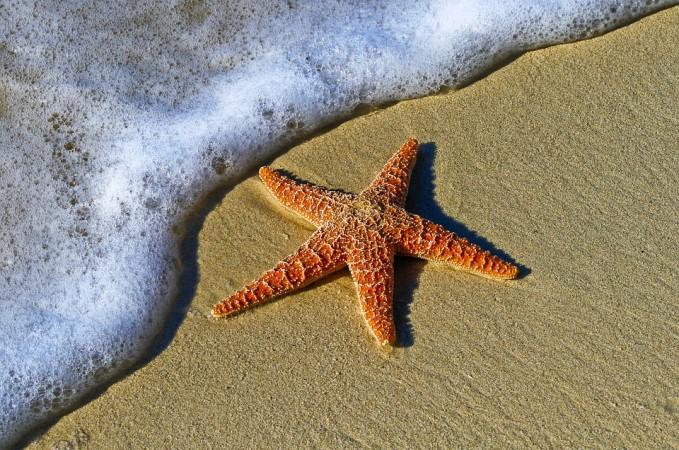
Beautiful sea creatures, including starfish, might be falling prey to pollution and might be dissolving due to carbon dioxide exposure, according to a new research. Researchers found that high levels of carbon dioxide in the water could cause irreparable damage to marine ecosystems.
Researchers from Heriot-Watt University in Edinburgh and Glasgow University conducted a four-day experiment at Loch Sween on Scotland's west coast to measure the effect of short-term carbon dioxide exposure and found that acute levels of carbon dioxide could cause starfish to dissolve.
The studies carried out earlier used to focus on individual plants or animals and hence, very little was known about the response of the whole marine ecosystems to sudden influxes of carbon dioxide.
The experiment revealed that acute exposure of the gas led to net dissolution, which means calcifying organisms such as the coralline algae and starfish were dissolving.
Heidi Burdett, Heriot-Watt University research fellow, said: "We found that there was a rapid, community-level shift to net dissolution, meaning that within that community, the skeletons of calcifying organisms like starfish and coralline algae were dissolving."
She added: "If you think of pulses of carbon dioxide being carried on the tide to a particular site, it's like a flash flood of carbon dioxide."
After continuous monitoring of the site, they found that the recovery was comparably slow and raises concern over the ability to 'bounce back' after acute carbon dioxide exposure.
She added: "Coralline algal ecosystems can be found in all the world's coastal oceans and are particularly common along the west coast of Scotland. Since coralline algae are highly calcified, we knew they would probably be quite sensitive to carbon dioxide."
Burdett and her team believe that more research work is necessary but add that carbon dioxide pollution should be taken into account by policymakers.
Burdett added: "If a local authority or government agency is deciding the location of a new fish farm, forestry or carbon capture site, we should be looking at what marine ecosystems are nearby, and the potential for those ecosystems to be impacted by the new activities as a whole, rather than focusing on the impact on individual organisms."









